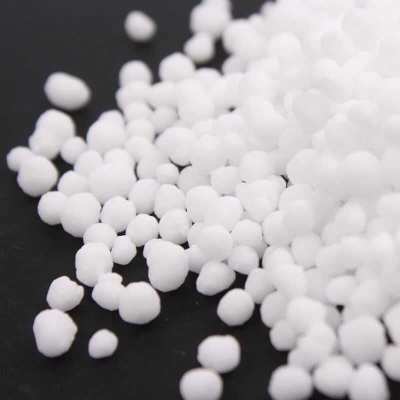-
Categories
-
Pharmaceutical Intermediates
-
Active Pharmaceutical Ingredients
-
Food Additives
- Industrial Coatings
- Agrochemicals
- Dyes and Pigments
- Surfactant
- Flavors and Fragrances
- Chemical Reagents
- Catalyst and Auxiliary
- Natural Products
- Inorganic Chemistry
-
Organic Chemistry
-
Biochemical Engineering
- Analytical Chemistry
- Cosmetic Ingredient
-
Pharmaceutical Intermediates
Promotion
ECHEMI Mall
Wholesale
Weekly Price
Exhibition
News
-
Trade Service
Background introduction
Since the concept of nanotechnology was put forward, device miniaturization has always been the driving force for technological development.
In order to take advantage of the full functionality and performance of the precise structure of atoms, a more complex system than stacked layers will be required.
Carbon nanotube (CNT) is a very promising material with unique photoelectric physical properties and has broad application prospects in the fields of light-emitting diodes, single-electron transistors or single-photon sources.
Introduction
In order to solve this problem, Yuichiro K.
In this work, researchers can transfer CNTs to any substrate by using single crystal anthracene as a sacrificial material, and remove the anthracene by sublimation, leaving clean CNTs, thus realizing the original bright photoluminescence of CNTs.
The above research results mean that scientists have taken an important step towards the development of devices composed of atomically precise components and interfaces.
Interpretation of key points
Point 1: Deterministic transfer of CNTs using anthracene as a sacrificial material to determine optical quality
The researchers established a transmission system to monitor the nanotube PL, laser reflection and wide-field optical image during the nanotube transmission process.
First, the researchers used glass-supported polydimethylsiloxane (PDMS) sheets to extract anthracene single crystals (Figure 1b).
Subsequently, the CNTs were picked up by pressing the anthracene/PDMS compression mold on the substrate with growing CNTs (Figure 1c), and then quickly separated (>106 mm/s) to keep the anthracene crystals attached to the PDMS plate; When it is necessary to select a CNT with a specific chirality, perform PL mapping of the CNT on the anthracene crystal (Figure 1d).
Finally, the sublimation of anthracene in the air will leave clean CNTs on any substrate (Figure 1f, g), because it will not be contaminated by solvents during the full drying process.
Figure 1.
The research results show that the dry-transferred nanotubes have bright photoluminescence, and their brightness is up to 5000 times that of the original molecule.
Figure 2.
Point 2: This technology is versatile and can transfer CNTs to any substrate
In this work, researchers can transfer CNTs to any substrate, such as quartz, PMMA, PS, etc.
Among all the substrates studied, the fluorescence emitted by the growing suspended CNT is the brightest and clearest.
Figure 3.
Point 3: Design and construct a cross-junction structure by repeating CNT transfer, and observe exciton transfer between tubes.
Finally, the researchers also used transfer technology to construct a cross-junction structure containing multiple CNTs: (13,5) tubes were found in the CNTs picked up from the quartz substrate, and then adjusted perpendicular to the pre-transmitted (10,5) tubes Angle, finally release the (13,5) tube and anthracene crystal onto the (10,5) nanotube on the chip.
It turns out that the higher-energy excitons generated in the thinner (10,5) tube diffuse toward the cross junction before being transferred to another nanotube.
This means that the method can extract the exciton dynamics between the tubes at the controlled interface.
Figure 4.
Characterization of a cross-junction structure containing multiple CNTs
Keigo Otsuka, the first author of the paper, said: "We believe that this technology can not only contribute to the manufacture of nanodevices with carbon nanotubes with the required properties, but also for materials based on atomically precise structures and other higher-order nanostructures.
The free combination of people has opened up a new path.
"







